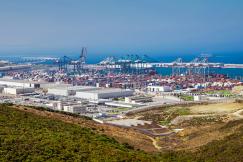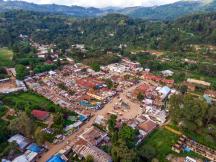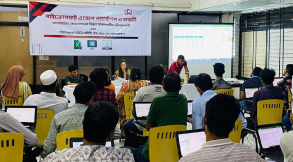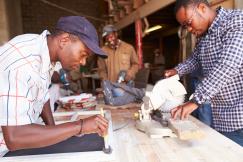This paper presents a parsimonious mechanism for generating what Rodrik (2016) called premature deindustrialization (PD); the tendency that, compared to early industrializers, late industrializers reach their peaks of industrialization later in time, but earlier in per capita income, with lower peak manufacturing shares. In the baseline model, the hump-shaped path of the manufacturing sector is solely driven by the Baumol (1967) effect with the productivity growth rates of the frontier technology being the highest in agriculture and the lowest in services. The countries are heterogeneous only in the “technology gap,” their capacity to adopt the frontier technology, which might affect adoption lags across sectors differently. In this setup, we show that PD occurs when the following three conditions are met; i) the impact of the technology gap on the adoption lag is larger in services than in agriculture, ii) in spite of its relatively shorter adoption lag, the productivity growth rate is sufficiently higher in agriculture than in services that the cross-country productivity dispersion is larger in agriculture than in services; and iii) the impact of the technology gap on the adoption lag is not too large in manufacturing. It turns out that these conditions for PD jointly imply that the cross-country productivity dispersion is the largest in agriculture.
In the first of the two extensions, we add the Engel effect on top of the Baumol effect so that the hump-shaped path of manufacturing is also shaped by nonhomothetic demand with the income elasticities being the largest in services and the smallest in agriculture. Even though adding the Engel effect to the Baumol effect changes the shape of the path, it does not change the main implications on how the technology gap generates PD. We also show that, if we had relied solely on the Engel effect, PD would occur only under the conditions that would imply that the cross-country productivity dispersion is the largest in services. In the second extension, we allow late industrializers to catch up by narrowing the technology gaps over time and show that the main results carry over, unless the catching-up speed is too high.
This working paper is also available as CEPR Discussion Paper 15530.










































































